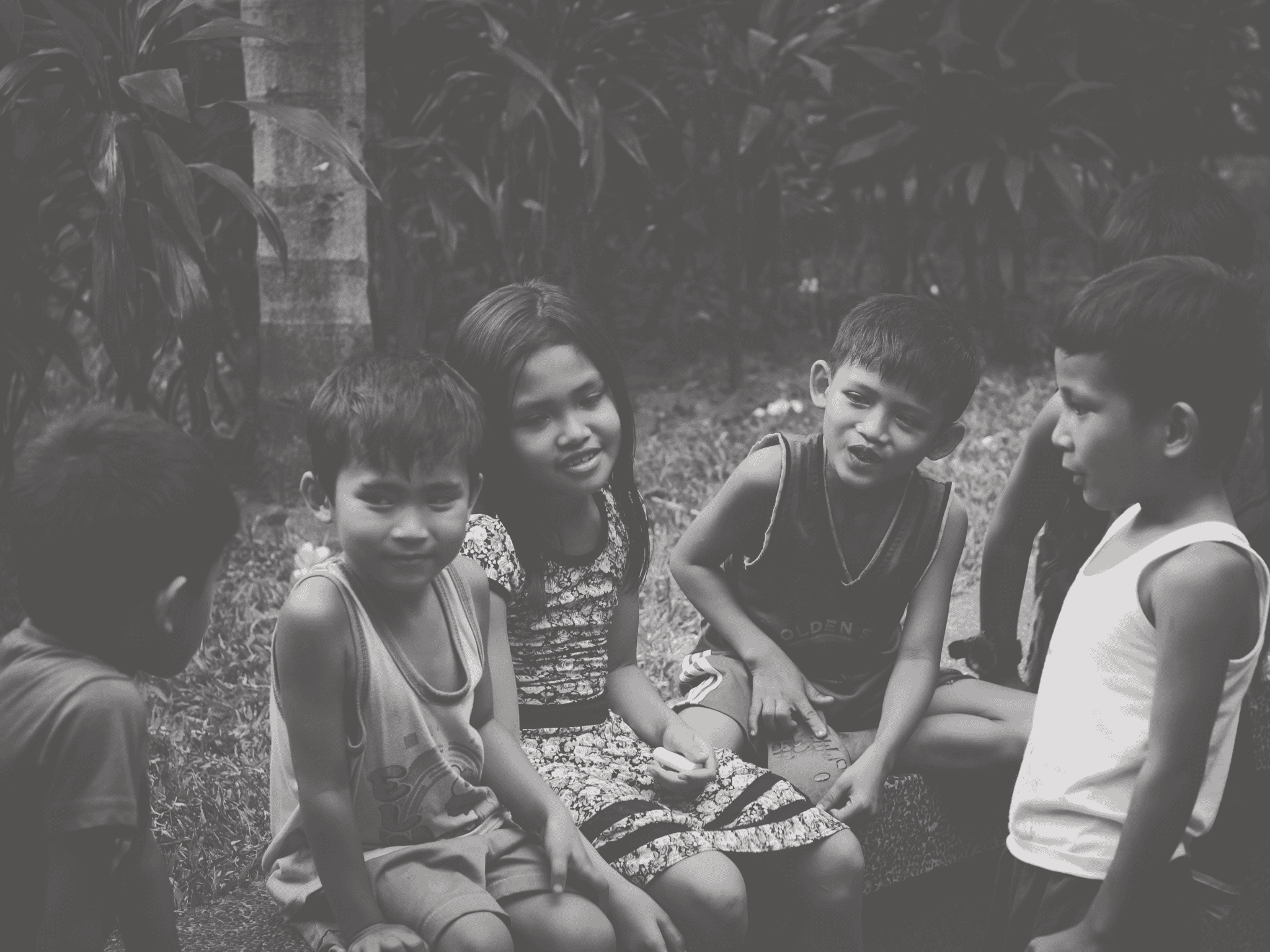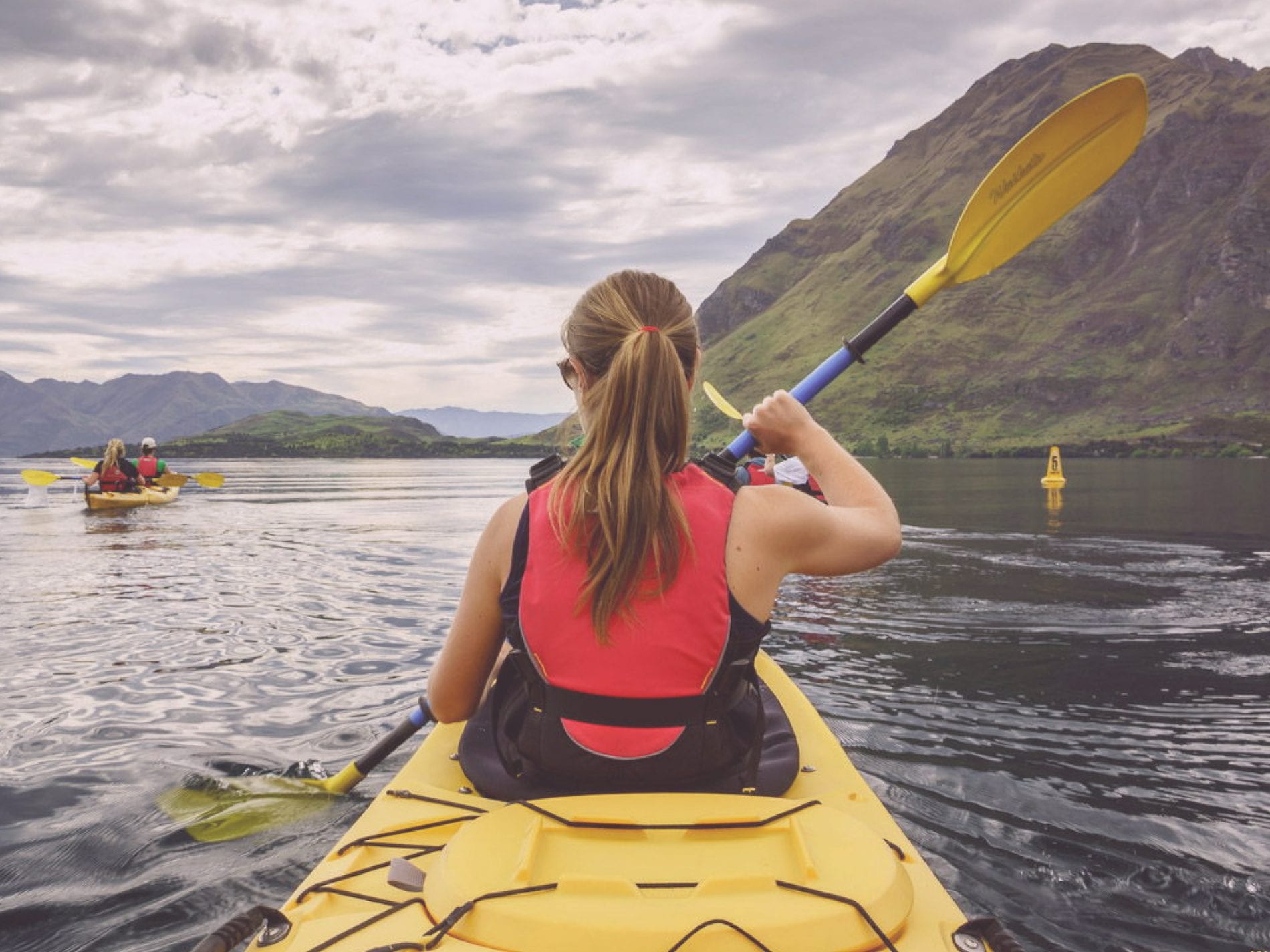Children bring a unique vibrancy and authenticity to travel photography that’s difficult to capture with other subjects. Their expressions, actions, and interactions with new environments can add a wonderful sense of wonder and spontaneity to images.
If you include them in your travel shoots, there’s a high likelihood that they’ll impart your photos with a unique perspective. Oftentimes, this will help tell a story that shows more than just the landscape or architecture of a place, but what the experience of growing up and spending some of one’s most precious years there.
Are you a photographer looking to bring more life and personality into your travel photography? Perhaps you’ll find that children can be some of the best subjects. Here are some practical tips to help you get the most out of a photo shoot with them while on the go:
1) Make a Connection with Your Subject First
Just like you would any living subject, before you start snapping away, it’s important to build rapport with the children you’re photographing. Take a few moments to interact with them. For instance, you can engage in a quick game or some small talk about where you’ve been. If the kids are interested in photography, perhaps you could also give them a simplified explanation of your gear or relay the differences between doing a photoshoot outdoors and in a fotostudio Berlin photographers trust, for example.
Children are naturally shy or guarded around strangers, so such interactions can make a lot of difference. This initial connection can help them feel comfortable, which leads to more relaxed and genuine expressions on their part. Your connection will be particularly helpful if you’re photographing children from a different culture who may be wary of unfamiliar people. Once they see you as friendly, they’re more likely to be themselves, giving you the chance to capture their realest moments.
2) Be Candid and Capture Unguarded Moments
A child’s natural movements and expressions are often much more captivating than any posed shot. Instead of asking them to sit still and smile, let them do what they do best: be who they are. Capture them playing, laughing, or even just lost in thought. These unguarded moments tend to reveal the child’s true character and can often tell a much richer story about their disposition and their home culture than a posed photo. See the difference it will make for you to play the role of an observer rather than a director.
3) Get on Their Level and See the World from Their Perspective
You can also lower yourself to the child’s height to better see the world as they see it, which can make your travel photos both more engaging and more relatable. Getting down to their level also lets you focus on their facial expressions more closely and bring the viewer into their world. It’s a simple adjustment, but one that can greatly impact the emotional resonance of your photographs.
4) Use Natural Light That Flatters Your Subjects’ Features
Lighting plays a significant role in any type of photography, and when working with children, natural light tends to yield the best results. Photographing during the “golden hour,” which happens shortly after sunrise or before sunset, provides soft light that will enhance the warmth and gentleness of an image with a child in it. If you’re shooting during the midday when the light is harsh, look for shaded areas to avoid hard shadows and squinting.
5) Focus on the Kids’ Interaction with Their Environment
One of the most engaging ways to photograph children in travel settings is by capturing them as they interact with their surroundings. Are they exploring a local market, splashing in a river, or simply observing the bustle of the city around them? These simple interactions can help tell a story about the place itself.
Children often have a curiosity and sense of wonder that adults sometimes lose, and capturing this connection to the environment will make the photograph feel more contextual. Showcasing the children engaged in their environment also gives insight into both the child’s experience and the culture of the location.
6) Embrace Movement and Try to Capture It In Your Photos
Kids are full of energy and constantly moving, which can add a dynamic element to your travel photography. Rather than trying to keep them still, let them move naturally and capture them in action. Use a fast shutter speed if you want to freeze their movements clearly, or a slightly slower one if you’d like a hint of motion blur to show the energy of the moment. Either way, you’ll be able to add a layer of realism to your photos that can help convey the lively spirit of childhood against the backdrop of your travel destination.
7) Be Patient and Quick at the Same Time
Be ready to capture spontaneous moments when you’re working with children, as your subjects can change activities or expressions in an instant. Prepare to adapt to their movements and be quick with your shots. It helps to keep your camera settings adjusted and your equipment ready so that you don’t miss out on unexpected, yet priceless moments.
8) Focus on Details
Sometimes, the smallest details can tell the biggest stories. Close-up shots of a child’s hands examining a unique object, their feet walking through sand, or a soft smile are definitey shots worth taking, as they’ll bring a sense of intimacy to your work and highlight aspects that might be overlooked in a wide shot.
9) Respect the Kids’ Privacy and Seek Permission from Their Guardians
Photographing children requires a high level of respect for their privacy and that of their families, especially when travelling abroad. Always seek permission from parents or guardians if they’re present, and be sensitive to cultural norms around photographing children. In some cultures, it’s seen as intrusive to photograph strangers, particularly children, so it’s important for you to learn about and ultimately respect these norms.
Tips like these should make it easier to capture photos that reflect both the unique personality of each child and the character of the places you visit. In this way, the images you capture can become a window into the shared innocence, curiosity, and joy of childhood across different cultures.
READ MORE TRAVEL PHOTOGRAPHY GUIDES FROM WANDERLUSTERS





